Thundering Hooves, Wild Hearts: Witnessing the Great Migration in Tanzania (Africa’s Most Epic Wildlife Spectacle)



Close your eyes. Can you hear it? A low rumble, growing louder, vibrating through the earth. It’s the sound of over two million hooves, a vast, pulsating river of life moving with an ancient, unstoppable rhythm across the African plains. This isn’t just a wildlife sighting; it’s an immersive, awe-inspiring symphony of nature, a primal dance of survival that unfolds annually in Tanzania.
Welcome to the Great Migration, Africa’s most epic spectacle- a journey that will not only leave you breathless but forever change your perspective on the wild heart of our planet. Get ready to witness the greatest show on Earth, as the wildebeest migration paints the golden plains of the Serengeti with an unforgettable story of life and death.
What is the Great Migration? A River of Life in Motion
At its core, the Great Migration is the continuous, year-round movement of over 1.5 million wildebeests, accompanied by hundreds of thousands of zebras, gazelles, and other herbivores, across the vast Serengeti ecosystem in Tanzania and occasionally into Kenya’s Maasai Mara.
Driven by an insatiable search for fresh grazing and water, this incredible circuit is an eternal pursuit of survival, dictated by the rains and the rhythm of the seasons. It’s not a single event, but a dynamic, ever-unfolding drama where every moment promises a glimpse into the raw power of nature. This is the ultimate Tanzania safari dream for many.
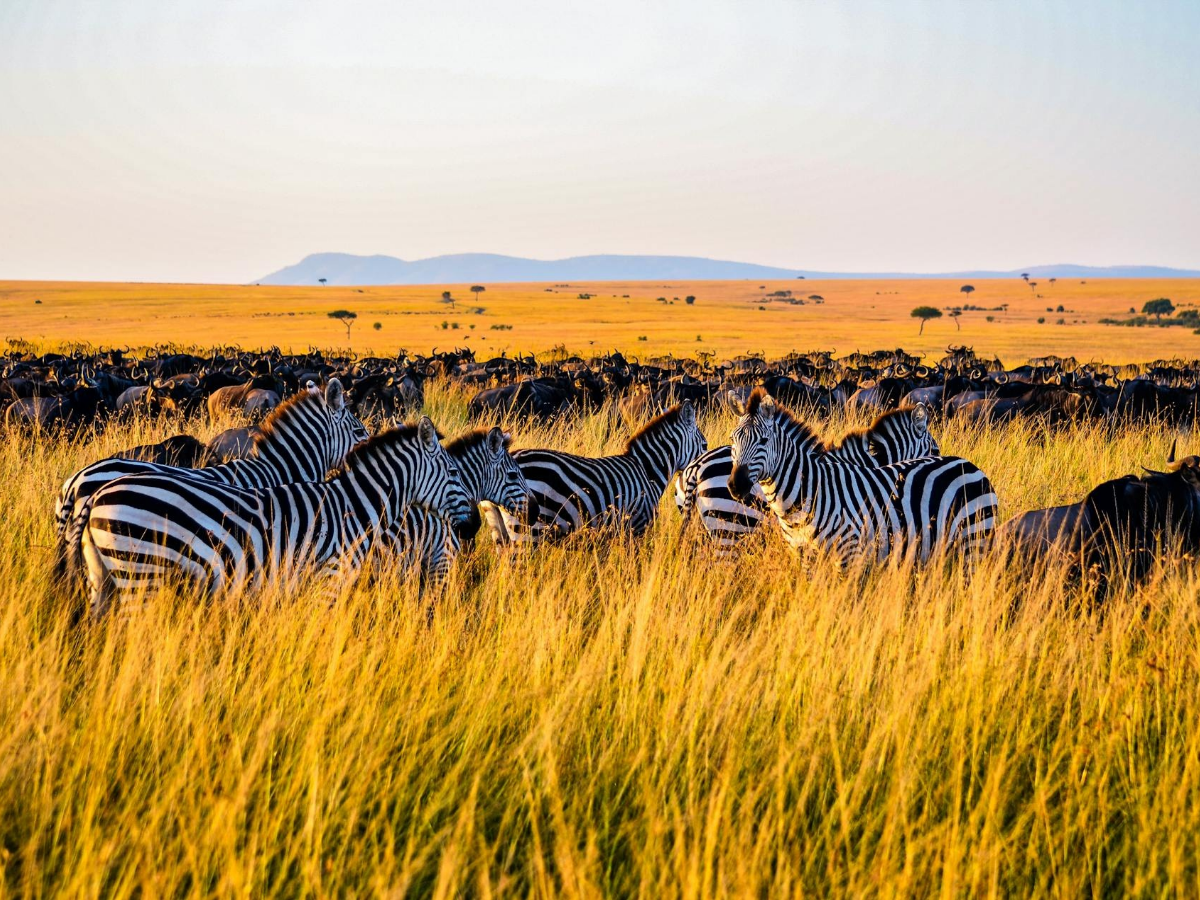
The Unfolding Drama: A Year-Round Cycle
The beauty of the Great Migration lies in its continuous flow, offering different, equally spectacular experiences depending on the time of the year.
-
December – March: The Calving Season & Green Plains (Southern Serengeti, Ndutu)
The Dream: Imagine a nursery spanning hundreds of square miles! This is where over half a million wildebeest calves are born within a few short weeks. The southern plains of the Serengeti and the Ndutu Conservation Area explode with new life, drawing in predators like lions, cheetahs, and hyenas. It's a period of intensive vulnerability and incredible predator-prey action.
Why it's Amazing: Abundant baby animals, dramatic hunting scenes, and lush, green landscapes.
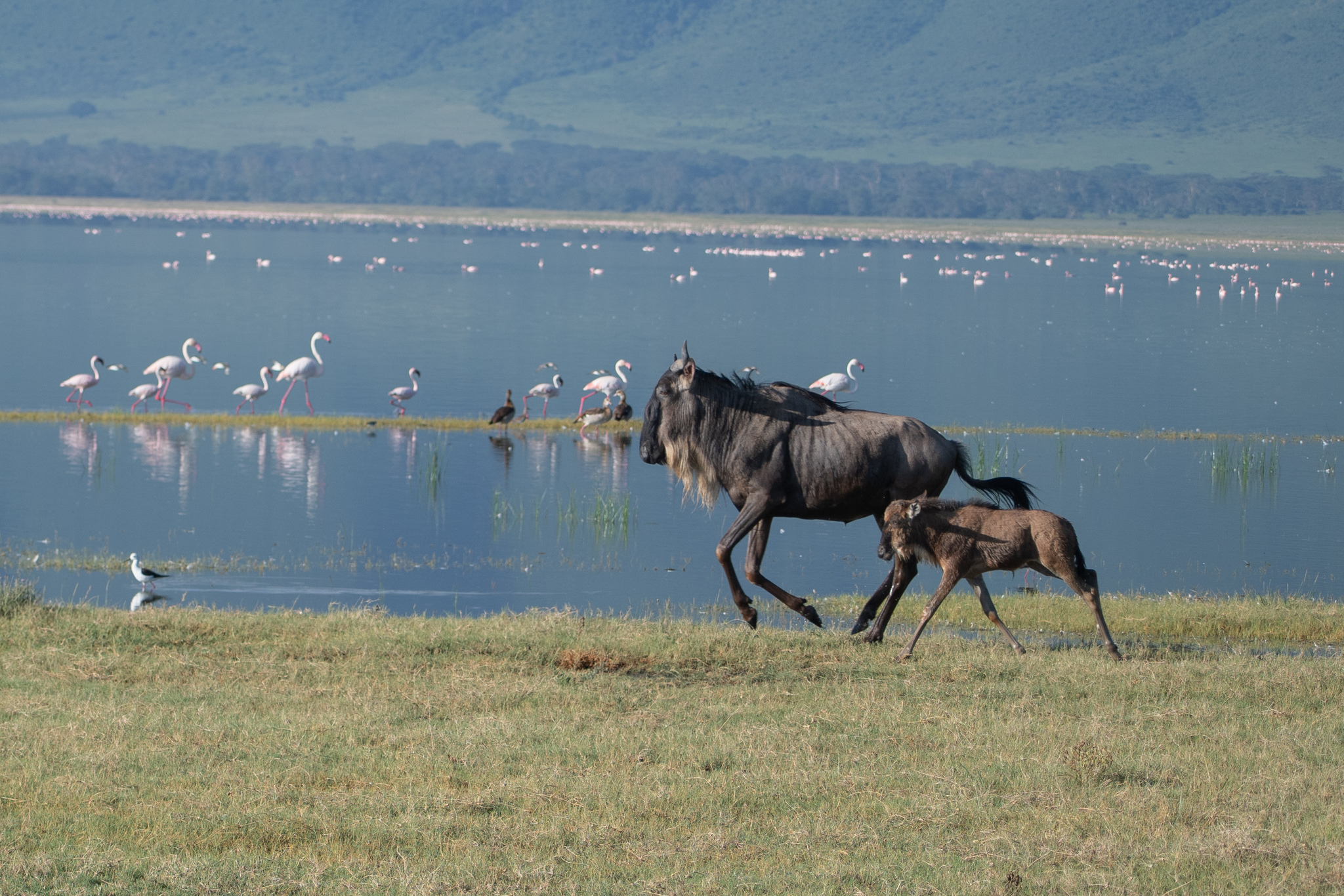
-
April – May: The Journey North & Western Corridor (Serengeti’s Western Side)
The Dream: As the short rains end, the herds begin their epic trek northward, moving through the Western Serengeti. This often involves the dramatic crossing of the Grumeti River, where formidable crocodiles lie in wait, adding intense drama to the journey.
Why it's Amazing: Witnessing the sheer scale of the herds as they coalesce for their northward journey, and the first major river crossing challenges.
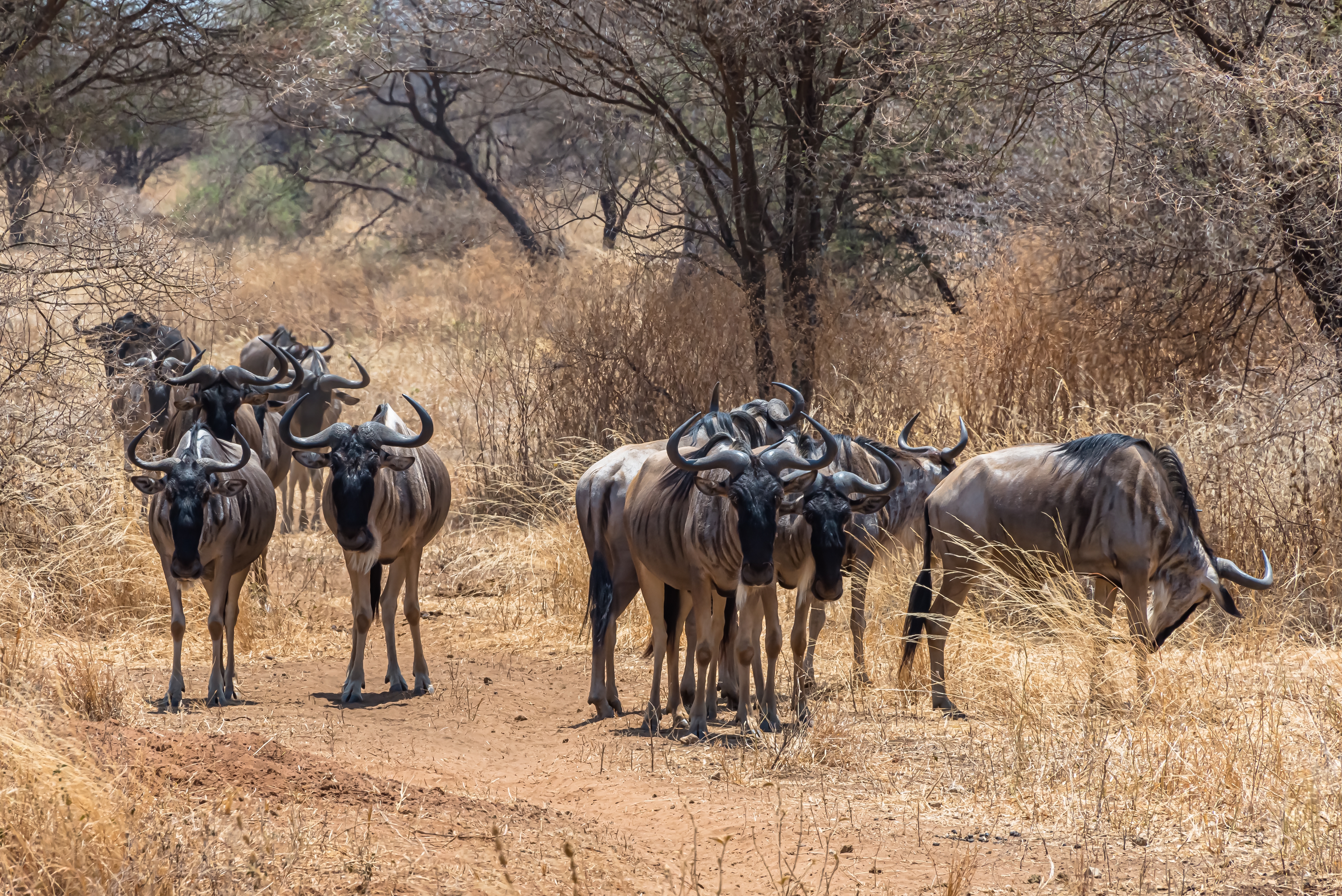
-
June – October: The Iconic Mara River Crossing (Northern Serengeti)
The Dream: This is often what people envision when they think of the migration. The herds congregate in the northern Serengeti, facing the ultimate challenge: the crocodile-infested Mara River. These crossings are chaotic, thrilling, and heart-wrenching moments of pure, unadulterated survival.
Why it's Amazing: High drama, incredible photography opportunities, and witnessing nature’s raw power unfold. This is the pinnacle of the Mara River Crossing Experience.
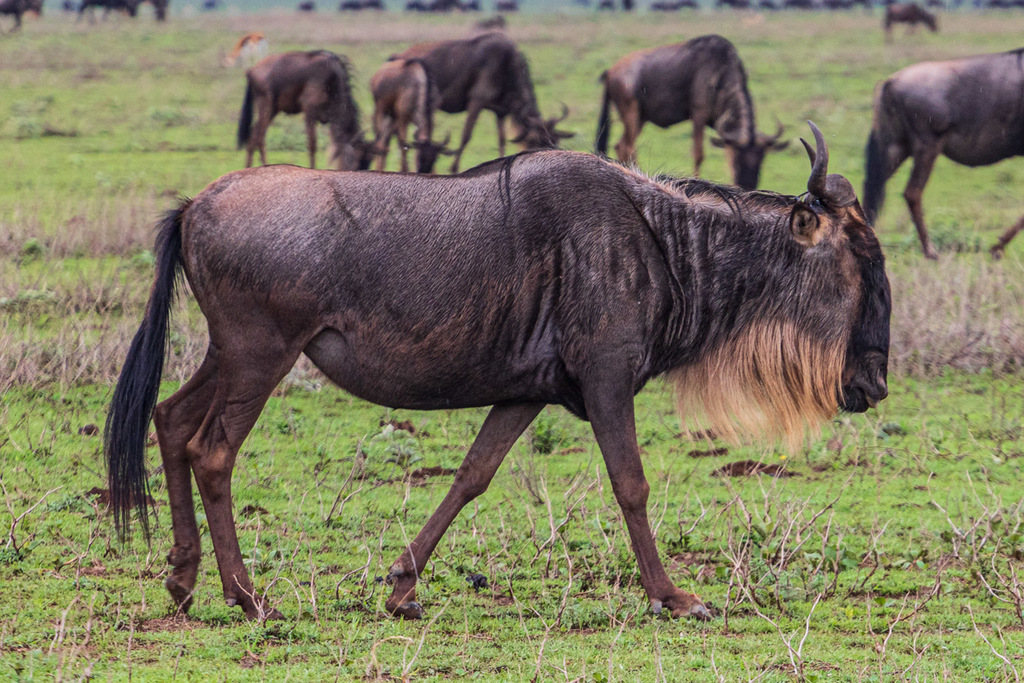
-November: The Return South (Eastern Serengeti)
The Dream: With the onset of short rains, the herds begin their arduous journey back south, dispersing across the eastern Serengeti. This phase is less about concentrated drama and more about vast, spread-out herds grazing and replenishing before the calving season begins anew.
Why it's Amazing: A sense of completion to the cycle, often fewer crowds, and the beauty of the vast plains filling with animals.
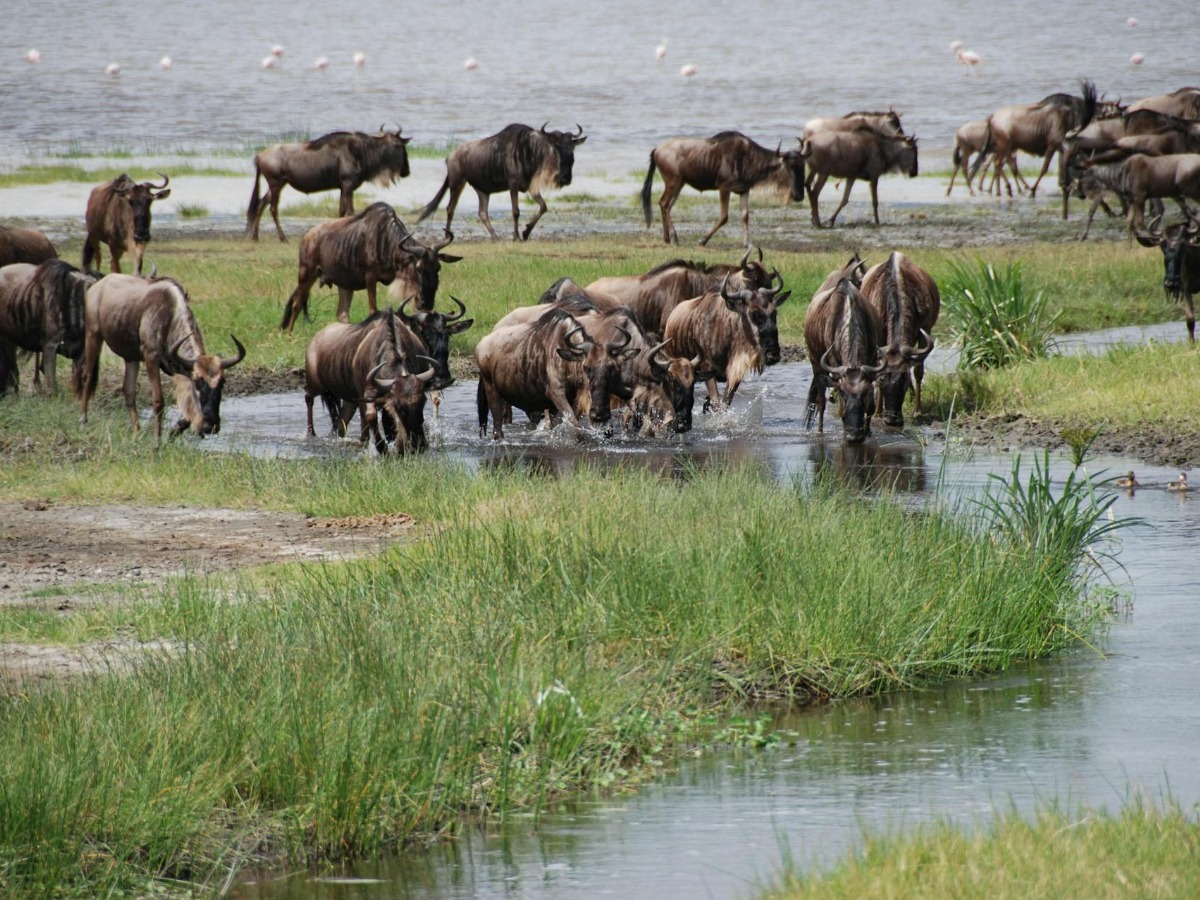
Why Witness the Migration? Beyond the Checklist
It’s more than just ticking off a box; it’s about connecting with the pulse of the planet. It’s the smell of the dust, the roar of a lion under a million stars, the sound of thundering hooves shaking the ground beneath your feet. It’s witnessing evolution in action, an ancient dance of life, death, and renewal. It offers unparalleled wildlife photography opportunities and a profound sense of awe at nature’s scale.
Planning Your Unforgettable Migration Safari
Choose Your Focus: Decide which phase of the migration you want to witness the most to determine the best time for your visit.
Again, Book Well in Advance: Especially for peak crossing season (July-September), demand for accommodation and guides is usually high at this time. Book your luxury safari in Tanzania or budget safari in Tanzania package at least 6 months ahead.
Expert Guides are Key: A knowledgeable local guide is crucial. They understand the animals’ movements, terrain, and behavior, significantly increasing your chances of finding the herds.
Accommodation: Consider mobile tented camps that move with the migration for the most immersive experience, or permanent lodges in strategic locations.
Further Reading: For detailed planning, check out the Tanzania National Parks website for entry requirements and park information.
Answer the Call of the Wild!
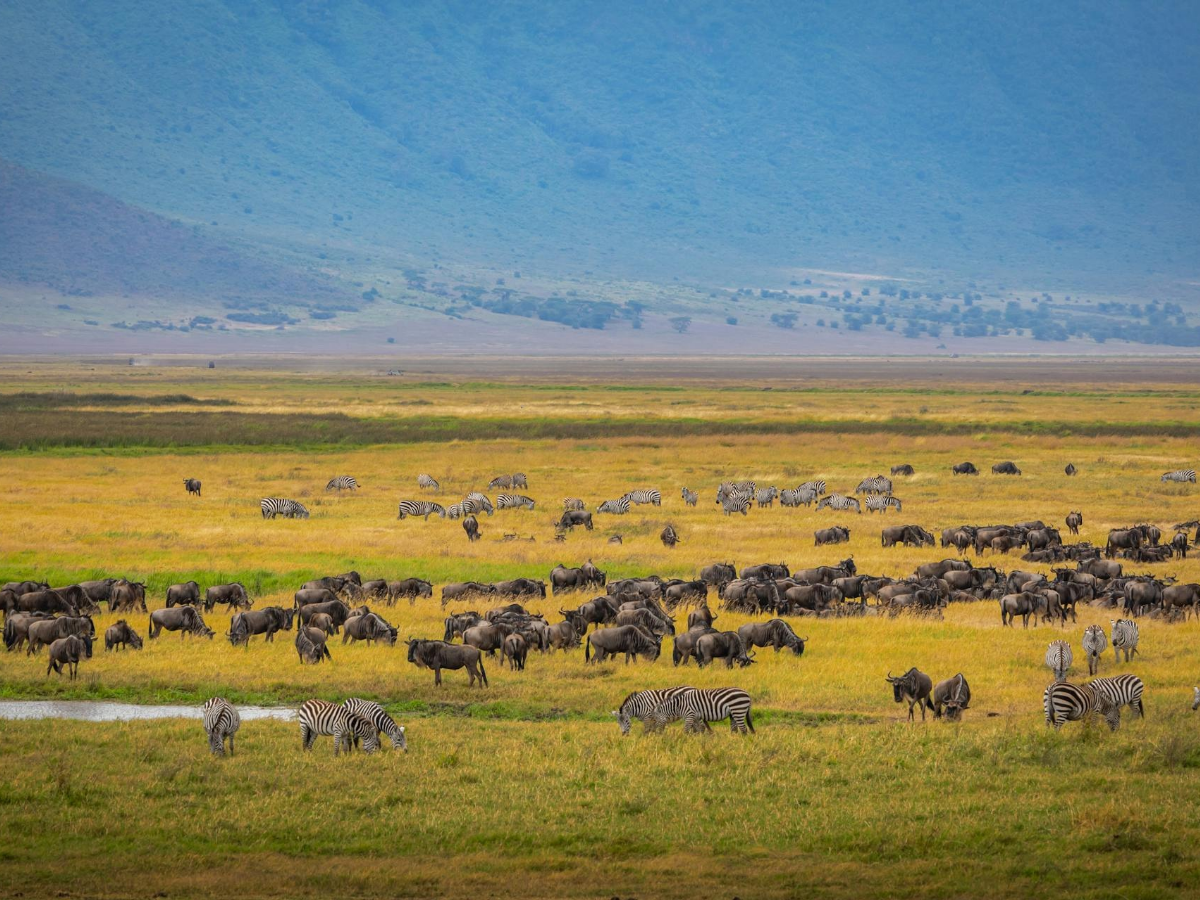
The Great Migration is one of the last true wild spectacles left on Earth, a testament to the enduring power and beauty of nature. It’s not just a journey you witness; it’s a journey you become a part of. Leaving an incredible mark on your soul. So, when the call of the wild echoes in your heart, know that the golden plains of the Serengeti are waiting, and the wilder souls of the migration are ready to welcome you to their epic story. This is the ultimate African safari experience!
Have you ever dreamt of witnessing the Great Migration? Which phase of this incredible journey do you find the most captivating? Share your thoughts and questions on our socials today!
Enjoyed this article?
Share it with your friends!
You might also like
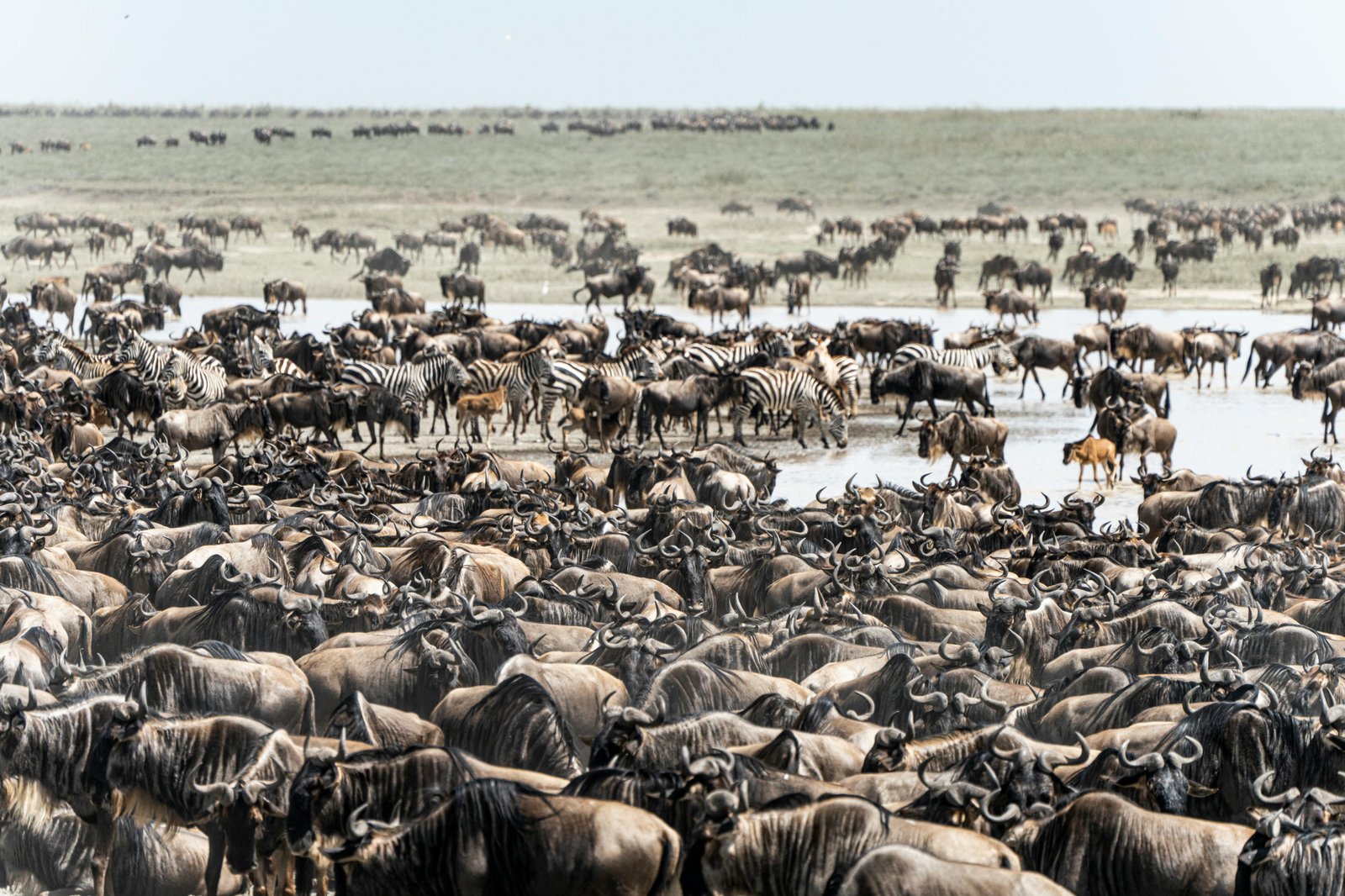
Beyond The Lens: When Human Curiosity Threatens the Great Migration
The heart-stopping spectacle of the Great Wildebeest Migration draws millions of visitors, but recent incidents reveal a troubling trend: are tourists becoming a threat to the very wildlife they travel to admire? A call for conscious safari practices.

Silent Stalkers & Relentless Pursuits: The Great Migration Through a Predator’s Eyes (Serengeti’s Drama Unfolded)
A million hearts pound in a unified rhythm. The predator’s hunger listens for the single beat that falls out of time. This is the Serengeti’s true drama: not the journey, but the quiet, inevitable edit.

Chasing Giants on a Dime: Experiencing the Wildebeest Migration on a Budget (Smart Safari Hacks for Affordable Wildlife Encounters)
The greatest luxury on safari is the front-row seat. Here’s how to claim yours for a fraction of the price, and experience the raw wonder for yourself.

Golden Plains, Wilder Souls: What I Wish I Knew Before Serengeti (Your Ultimate Serengeti Guide & Prep Tips for an Unforgettable Safari)
Consider this your backstage pass to the greatest show on Earth: unfiltered, unprepared-for, and utterly unforgettable. Pack your patience. The wild is waiting.
